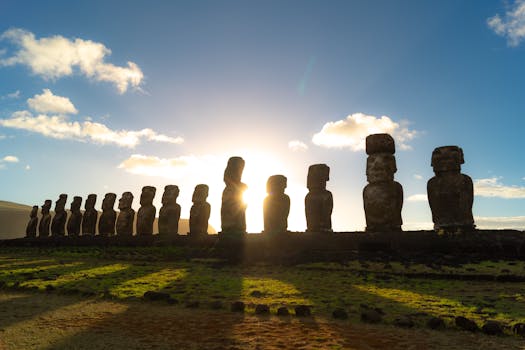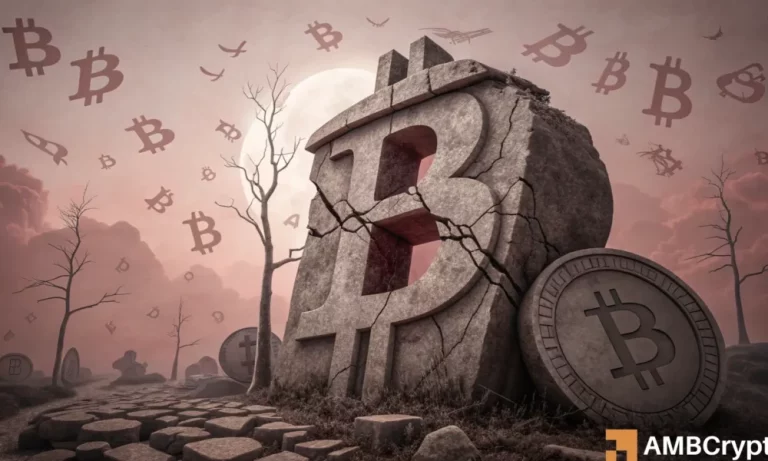
Cultural Heritage in Peril: The Fight to Preserve Ancient Artifacts
Takeaways: Cultural heritage is under threat from various factors including war, climate change, and illegal trafficking. Efforts to preserve ancient artifacts are critical for maintaining our historical identity, and global cooperation is essential to combat these threats.
As we navigate through the complexities of modern life, the importance of cultural heritage becomes increasingly apparent. Ancient artifacts, which serve as tangible links to our past, face unprecedented threats from a multitude of sources. From armed conflicts to climate change and illegal trafficking, the fight to preserve these treasures is more urgent than ever.
The Importance of Cultural Heritage
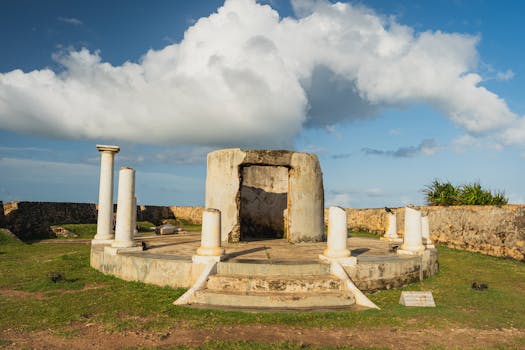
According to UNESCO, cultural heritage is vital for fostering mutual understanding and respect among diverse communities. It helps us recognize our shared humanity and the interconnectedness of our histories. The preservation of ancient artifacts is not merely about safeguarding the past; it is about enriching the present and shaping the future.
Current Threats to Cultural Heritage

- Armed Conflicts: Wars have historically led to the destruction of cultural sites. Notable examples include the devastation of the Buddhas of Bamiyan in Afghanistan and the looting of the National Museum of Iraq in 2003. Such acts not only erase cultural identities but also affect the global heritage shared by humanity.
- Climate Change: Rising sea levels, extreme weather events, and changing temperatures pose significant risks to historical sites. Coastal cities with rich cultural histories are particularly vulnerable, as are archaeological sites that rely on stable environmental conditions.
- Illegal Trafficking: The black market for antiquities has flourished, with looted artifacts often sold to private collectors. This illegal trade not only deprives communities of their heritage but also fuels further conflict and instability.
Global Efforts to Combat Cultural Heritage Loss
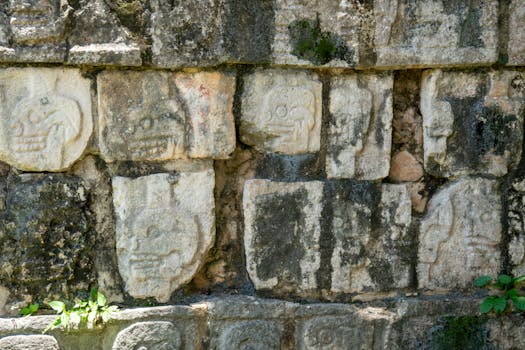
- UNESCO: The United Nations Educational, Scientific and Cultural Organization is at the forefront of cultural heritage preservation. Through conventions such as the World Heritage Convention, UNESCO aims to safeguard sites of outstanding universal value.
- International Partnerships: Collaborative efforts between countries, museums, and cultural institutions are essential. Programs that promote knowledge sharing, training, and capacity building help local communities preserve their heritage.
- Technological Innovations: Advances in technology, such as 3D scanning and digital archiving, provide new avenues for preservation. These tools can help document artifacts and sites, allowing for virtual access and reducing the need for physical handling.
Community Involvement and Education
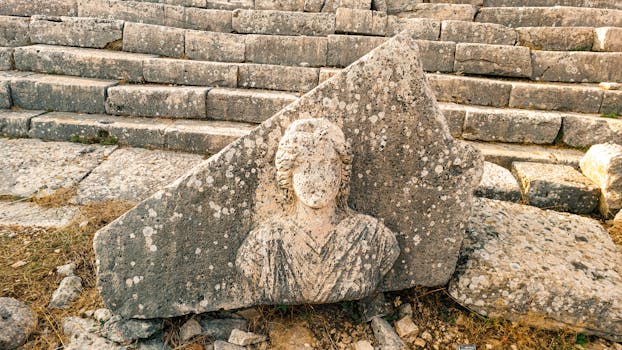
Furthermore, incorporating cultural heritage education into school curricula can instill respect and appreciation for history among younger generations. Engaging youth in preservation efforts ensures that the fight for cultural heritage continues long into the future.
Conclusion
